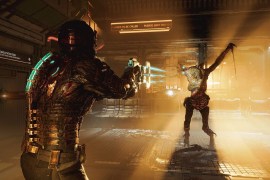Getting up close with Star Citizen’s multicrew mode at Gamescom
Wing Commander creator Chris Roberts has dreamt really, really big with his upcoming multiplayer spaceship sim
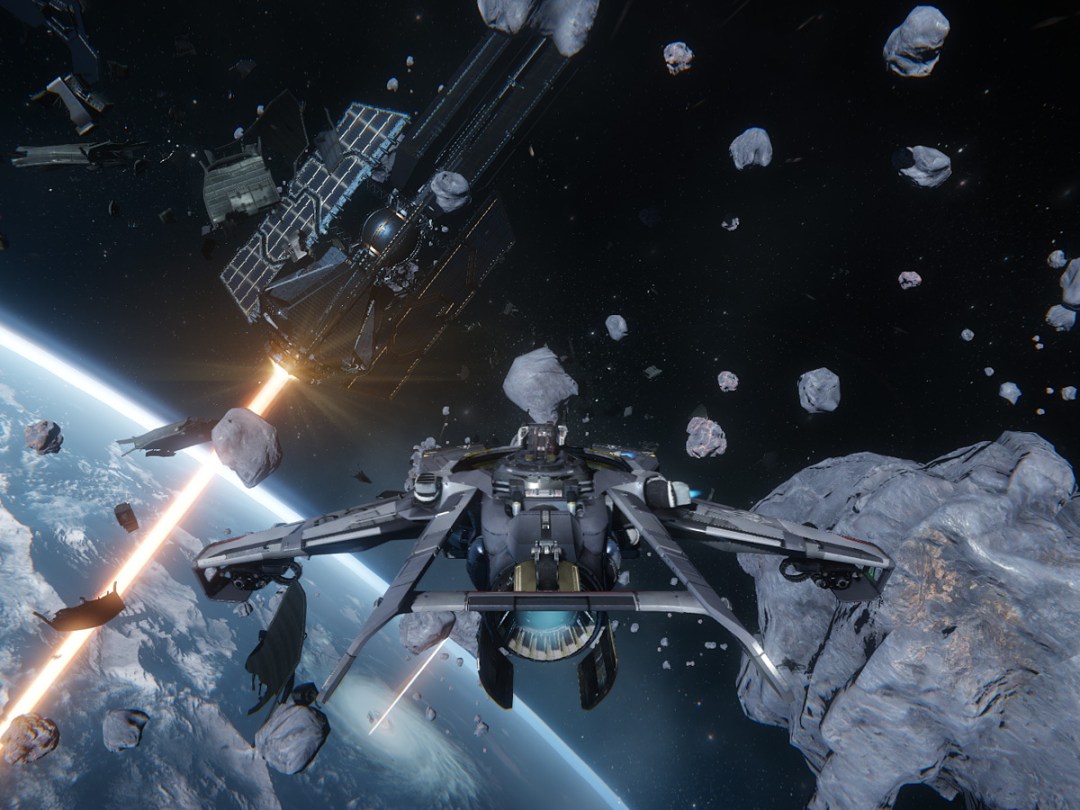
One of the things about dreaming big is that, in order to make that dream mean something, you have to deliver.
At a Gamescom 2015 presentation streamed live via Twitch and attended by over 2,000 Kickstarter backers, Chris Roberts – the mind behind the Wing Commander series and now Star Citizen – delivered. During the two-hour event, which you can watch in its entirety here, Roberts showed off his upcoming space epic’s multicrew mode for the first time.
As you can hear, there was much cheering from those in the hall, but the two things that may not have made it across were the moment the Quantum Drive kicked in – the sound of it filled the room and forced its way into our innards, shaking me almost literally into a ‘brown note event’ – and the fact that for most of the time the demo ran, jaws were hitting the floor.
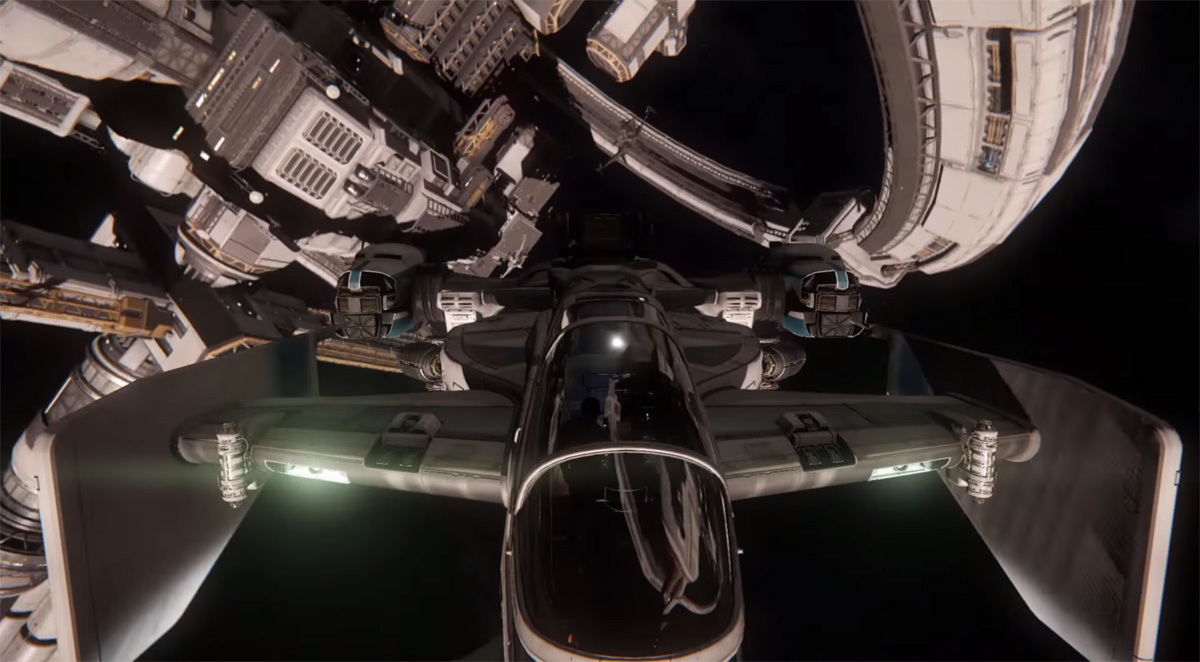
You’re chilling out on a space station, and you’re given a mission: there’s a derelict Retaliator (think a really cool-looking bomber) out in space right there for the taking. Heading towards the airlock and your ship, you meet up with five other players – and it is then revealed that the station you are aboard is a couple of kilometres in length, and that right next to you is a gas giant bigger than Jupiter.
You get into your ships (a Gladius light fighter; a Super Hornet – a bruiser of a medium fighter; and a Cutlass – a multi-crew ship typically flown by the less reputable) and fly out to the derelict using your Quantum Drive. It’s a distance of three million metres away, which would take two hours to cover if you were using the maximum “normal” speed.
Once there, the Cutlass inhabitants make their way around the ship, turning on gravity generators and power systems when all of a sudden… another ship appears! It’s a Constellation class vessel, crewed by four other players, and they want the derelict for themselves.
What follows is a brief battle, in which the Constellation is defeated – but that wasn’t exactly what happened on the night. On the first run-through of the demo on stage, the Retaliator was successful in beating the Constellation, but suffered engine damage and couldn’t make the jump home. While that prompted a lot of laughs, it also showed something really important to those in attendance: this was a planned scenario to show off the game, but the outcome was entirely authentic and based on the quality of the flying and gunnery.
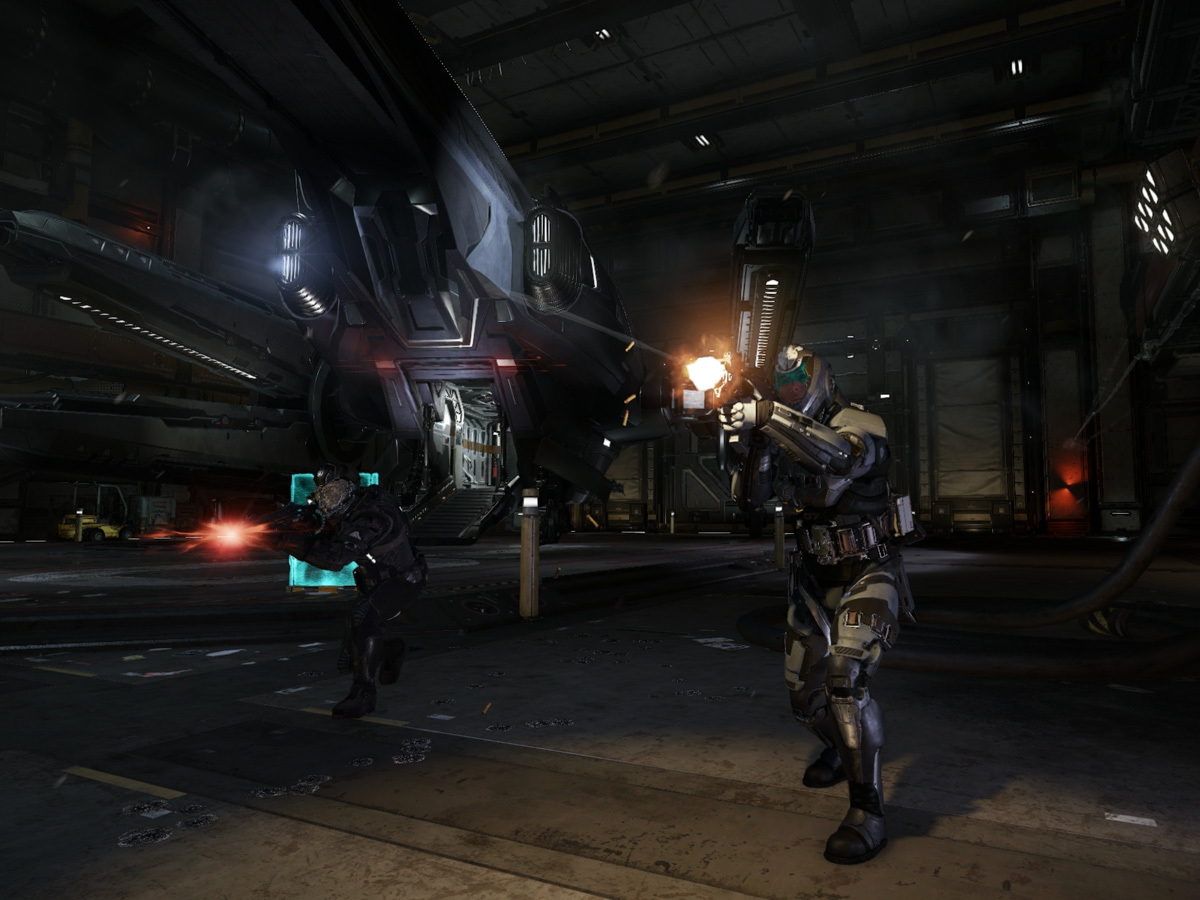
Part of the story around Star Citizen is the sheer volume of the undertaking. Roberts started his endeavour by saying he wanted to make “the best damn space sim ever”, but to even contemplate building the game he has envisaged requires several incredible achievements – and it bears singling them out.
The large world system is one. CryEngine previously only allowed only eight square kilometres of space before the computational positional math went all wobbly. Now it can have spaces as big as 8 billion kilometres.
Then there’s the merging of first- and third-person action (the fabled FPS component of Star Citizen), which enables players to not only participate together but allows them to actually see what they are all doing in the moment (unlike other multiplayer games where everything is super janky and fudged, Star Citizen is aiming for the holy grail of 1:1 realism).
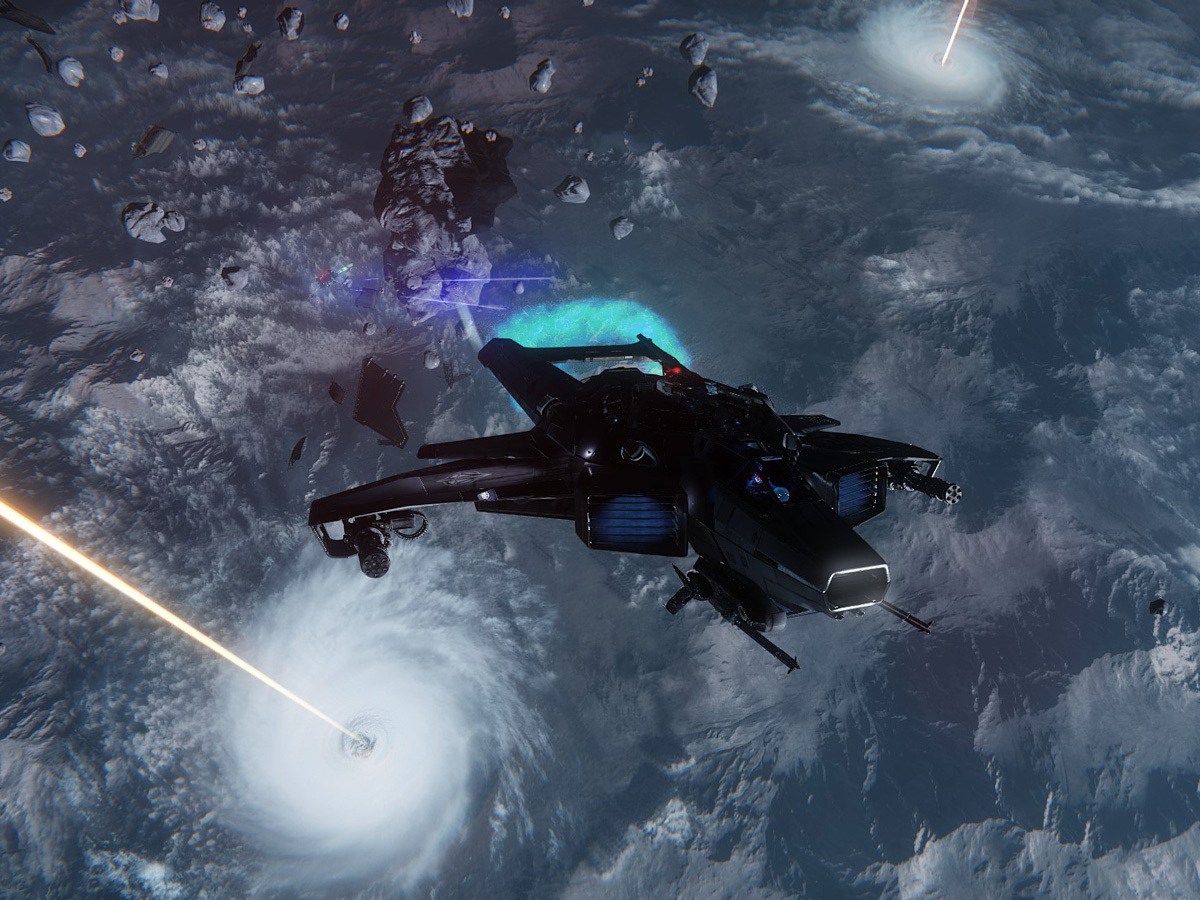
And what about the creation and management of multiple physics grids? This allows players on the same ship to exist on one grid, while the ‘universe’ outside operates on another. Want an example? Watch the video again and note the point where the Cutlass rotates and you see people walking around through the cockpit canopy (and they see the station as they roll) operating on its own physics grid. From a programming perspective that’s an incredible feat.
Finally, there’s the use of the Zone system, an advanced nesting of data in relation to each player’s position. The interior of the Retaliator doesn’t exist until it needs to exist – the pilot area of the Cutlass exists for the pilot but the back of the ship, where the three other players are, won’t exist for his PC until he enters that area. This allows for incredibly high fidelity at a fraction of the potential processing cost.
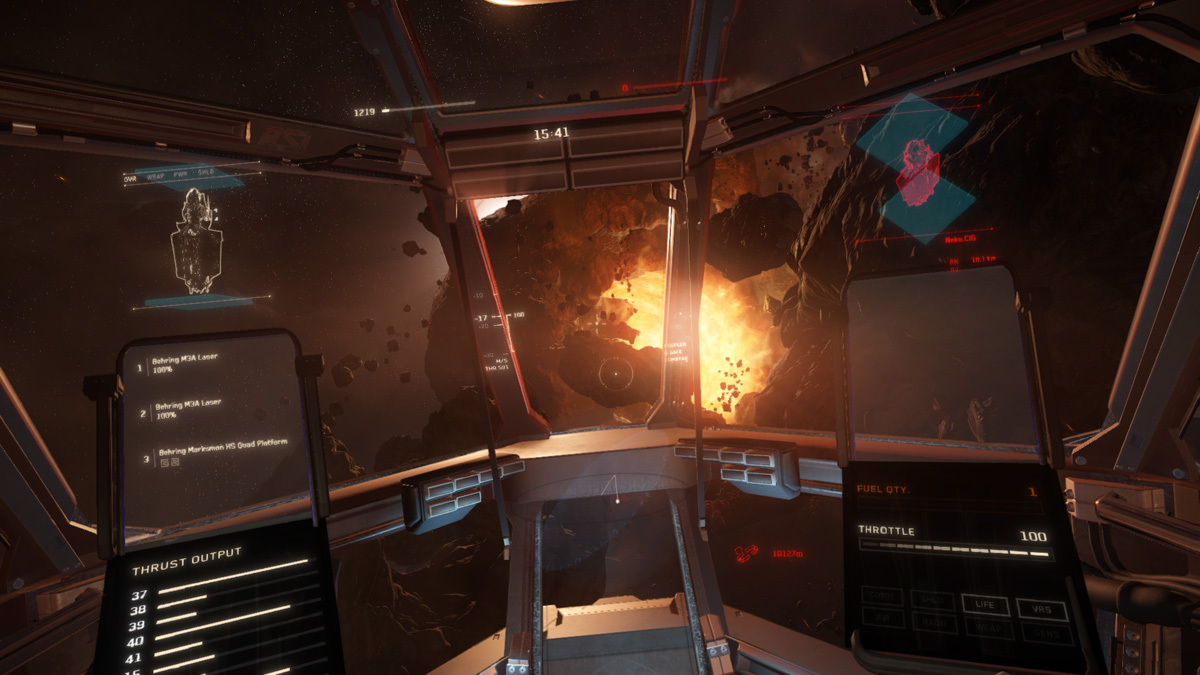
With over 935,000 backers supporting a game that is now the most successful crowdfunding project in the world, there have been concerns from some corners that the promise made three years ago was an empty one. The alleged smart money was that we wouldn’t get the game at all, and that this was a failed experiment.
The smart money can shut up now.
Star Citizen is due out in 2016.


